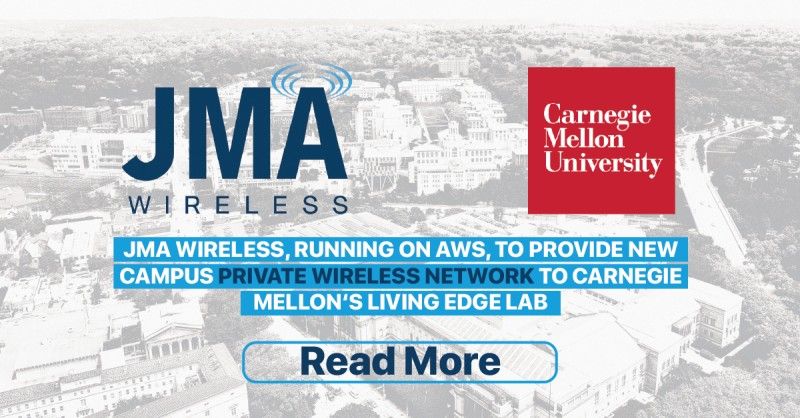Improving Edge Elasticity via Decode Offload
Visual analytics on recently-captured data from video cameras has emerged as an important class of workloads in edge computing. These workloads make intense processing demands on cloudlets, whose elasticity is limited by their smaller physical and electrical footprint relative to exascale cloud data centers. In this paper, we show how










